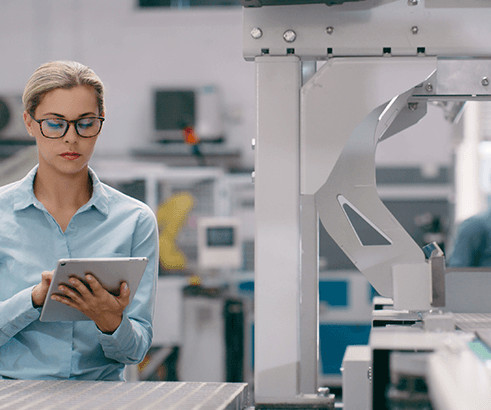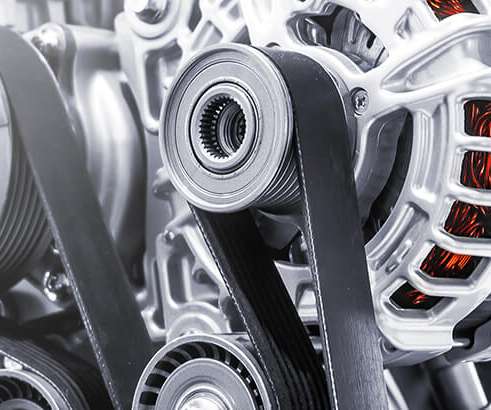Applying MRP with ERP in a modern manufacturing environment
SYSPRO Smarter ERP
JANUARY 22, 2024
Material Requirements Planning for a modern manufacturing environment Material Requirements Planning (MRP) is software that helps companies estimate the required quantities of raw materials, maintain inventory levels, and ensure manufacturing has all the items needed to make products to satisfy demand.
















Let's personalize your content